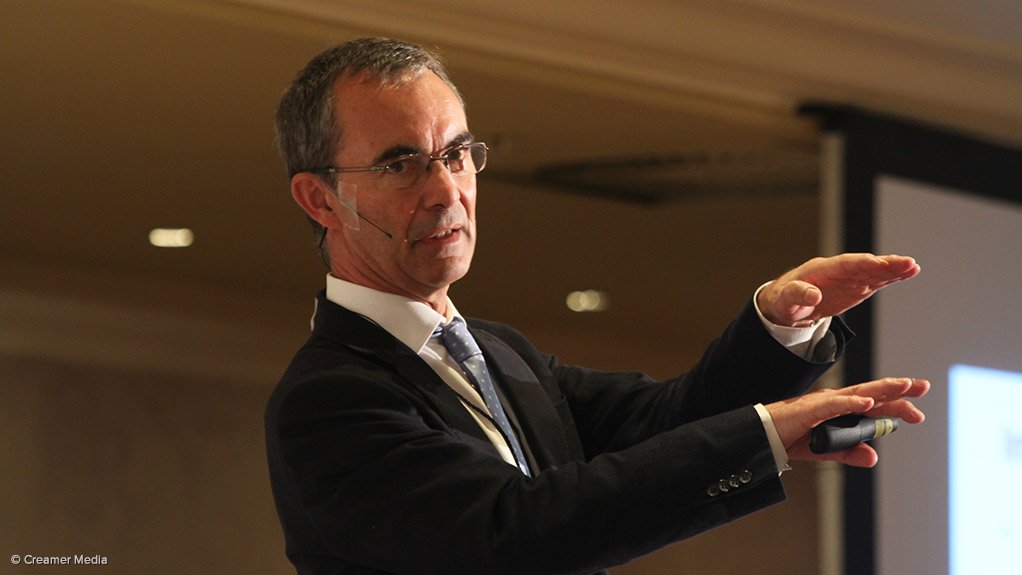South Africa’s aluminium export growth is expected to remain subdued this year at 0.4% and at just under 1.2% in 2017, according to the Steel and Engineering Industries Federation of Southern Africa (Seifsa).
Speaking at the Aluminium Federation of South Africa’s International Aluminium conference in Cape Town Seifsa chief economist Henk Langenhoven noted that this subdued growth rate was in line with commodity prices, which he believed would remain under pressure until at least 2020, but possibly beyond.
“All indications are that the commodities ‘supercycle’ is in a declining and consolidation phase, [but] we’re probably not at the bottom. The supercycle hopefully moving sideways and could take another four to five years,” he said.
Langenhoven told conference delegates that China, which was rebalancing its economy to be more consumer-driven, had an overcapacity in almost every industrial production line and sector, which had a ripple effect on industry as a whole.
Langenhoven noted that 70% of aluminium produced in South Africa was exported, therefore, the drop in commodity prices and exports had hurt the South African economy – “a small and extremely open” economy that derived 60% of its gross domestic product from exports and imports, said Langenhoven, adding that mining, metals, engineering and the automotive sector made up most of the foreign exchange earned by South Africa.
Langenhoven said low and unstable international aluminium prices were the “greatest fear” for primary aluminium producers, while electricity price inflation remained a major issue in South Africa. Instability of electricity supply, long-term electricity price contracts and low business confidence would also put a squeeze on the industry.
Globally, the industry was also in an extremely tight spot. Global commodity analyst CRU principal consultant for aluminium primary and products Eoin Dinsmore said he expected smelter closures in China, the US and Europe and that prices would remain under pressure from lower Chinese growth and high inventories.
The demand for extrusions, used in the construction sector, would also slow dramatically, because of the contraction in the Chinese market.
“No other country can pick up the slack from China. There’s excellent growth in India, Africa and the US based on transportation demand, but the slowdown in China is so large, that it doesn’t make a big impact,” said Dinsmore.
He further noted that, as China had ramped up its aluminium production in recent years, it was now sitting with a surplus.
There was, however, a glimmer of hope for African producers. “In Africa, primary aluminium demand has risen. We expect strong demand in Africa over the next five years.”
Dinsmore added that rolled aluminium products would benefit from the move to aluminium cans in the beverage industry, while the shift from steel to aluminium vehicles would also be a welcome boost.
“Generally, though, we see prices remaining under pressure. The strong dollar, the weak outlook for energy and the weak outlook for China means the London Metal Exchange (LME) aluminium price will remain weak,” he concluded.
Edited by: Samantha Herbst
Creamer Media Deputy Editor
EMAIL THIS ARTICLE SAVE THIS ARTICLE
To subscribe email subscriptions@creamermedia.co.za or click here
To advertise email advertising@creamermedia.co.za or click here













